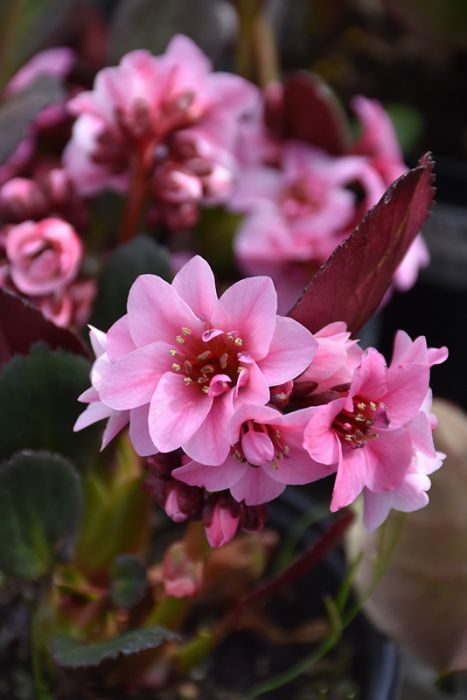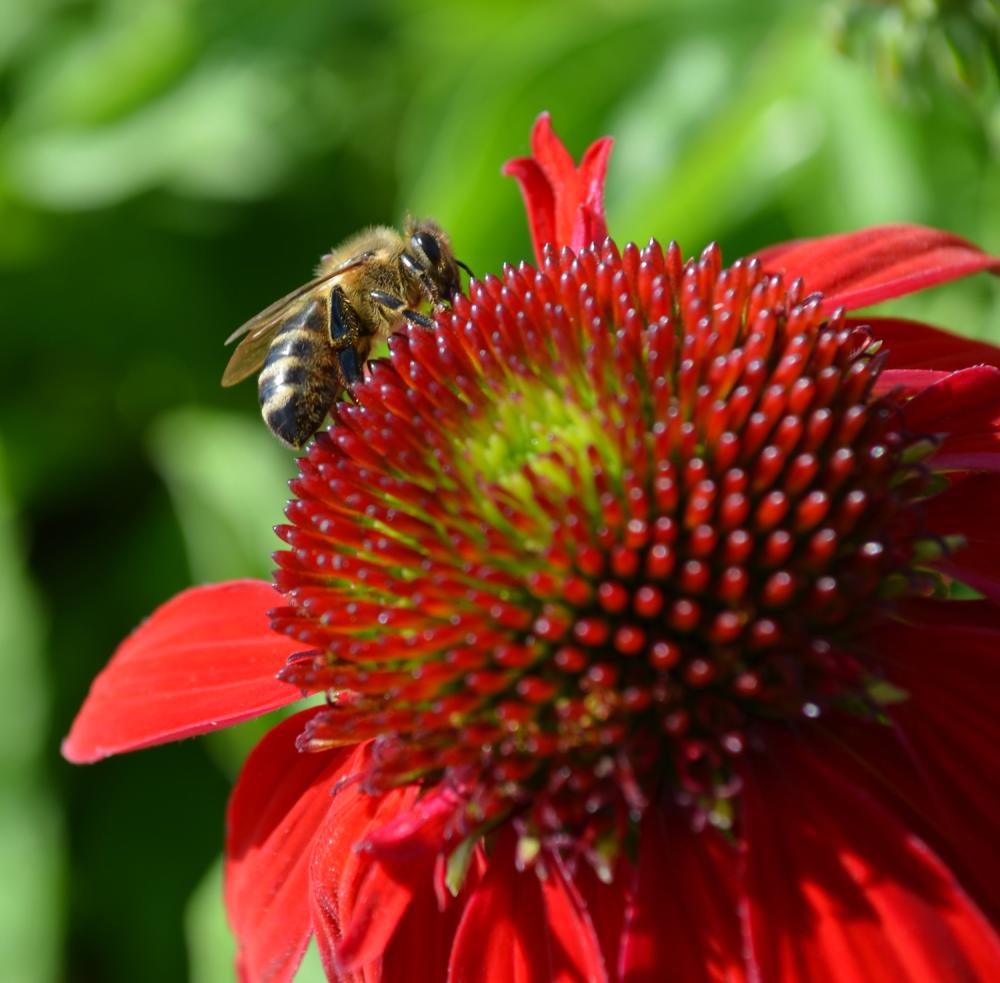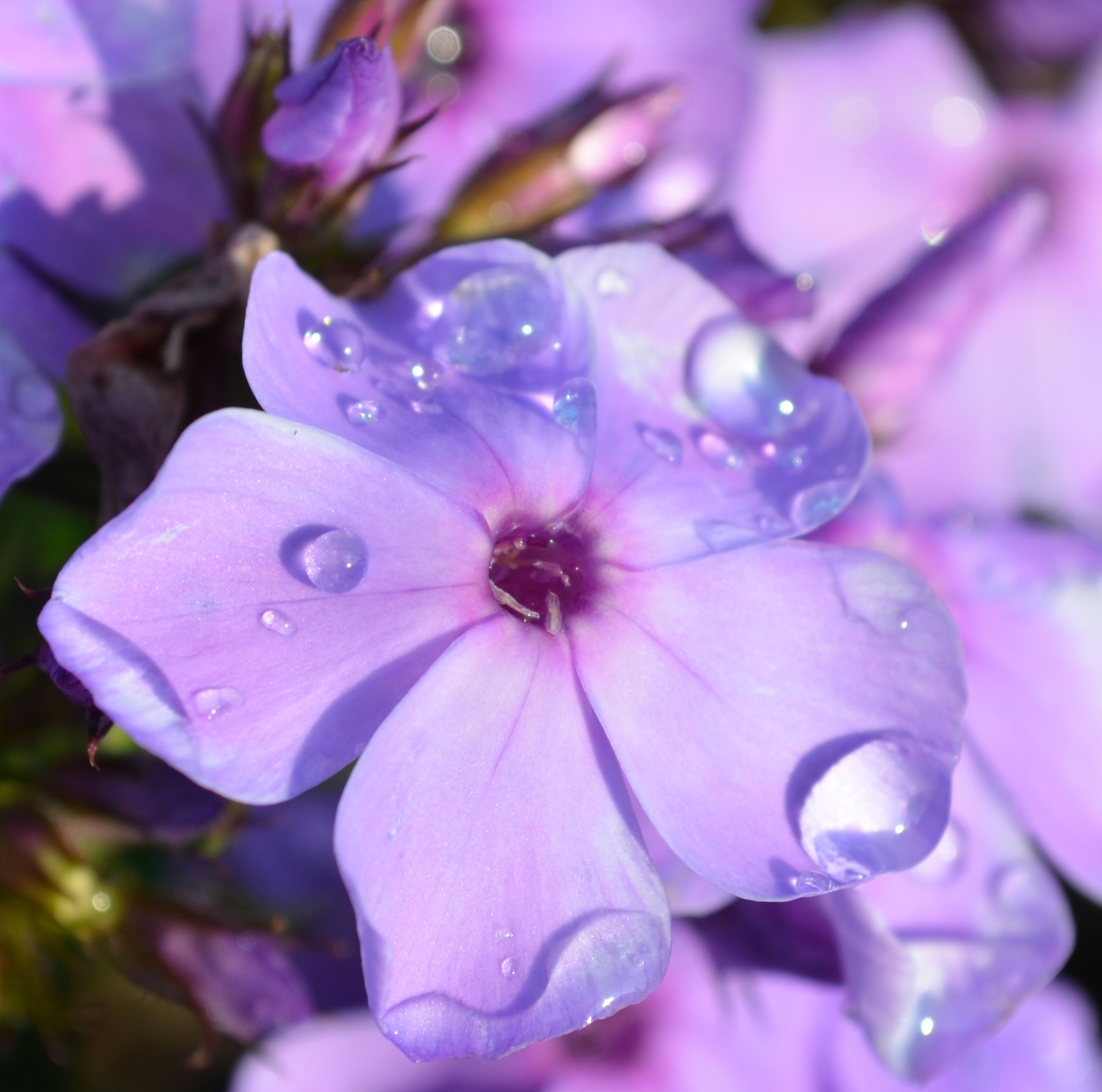Bergenia, Pigsqueak 'Sakura'



Out of stock
Coming soon, still growing- Sun Preference
- Full-Sun, Part-Sun, No-Sun
- Bloom Time
- April, May
Description
Bright light to medium pink flowers have a dramatic, darker veining. Purplish fall color.
Minnesota's Largest Selection of Perennials
Discover an unparalleled selection of perennials at Gertens! With the largest variety in Minnesota, we offer endless options of colorful perennials, natives, and pollinator plants to beautify your garden year after year. From vibrant flowers to lush foliage, our perennials are perfect for adding beauty and charm to your outdoor space. Visit Gertens today and see why we're known as Minnesota's Destination Garden Center!
Details
Sakura Bergenia | Bergenia 'Sakura'
Plant Height: 10 inches
Flower Height: 15 inches
Spread: 12 inches
Sunlight: full sun to full shade
Hardiness Zone: 4a
Other Names: Giant Rockfoil, Largeleaf Saxifrage, Pigsqueak
Brand: Terra Nova
Description:
Large glossy, leathery, cabbage-like leaves turn burgundy-black late in the season; interesting clusters of pink semi-double flowers rise above the foliage on red stems; great for shady areas; water regularly but don't overwater
Ornamental Features
Sakura Bergenia has masses of beautiful spikes of pink bell-shaped flowers rising above the foliage from early to mid spring, which emerge from distinctive rose flower buds, and which are most effective when planted in groupings. The flowers are excellent for cutting. Its attractive large succulent round leaves are dark green in color with curious red undersides. As an added bonus, the foliage turns gorgeous shades of burgundy and in the fall. The dark red stems can be quite attractive.
Landscape Attributes
Sakura Bergenia is an herbaceous evergreen perennial with a ground-hugging habit of growth. Its wonderfully bold, coarse texture can be very effective in a balanced garden composition.
This is a relatively low maintenance plant, and is best cleaned up in early spring before it resumes active growth for the season. Deer don't particularly care for this plant and will usually leave it alone in favor of tastier treats. It has no significant negative characteristics.
Sakura Bergenia is recommended for the following landscape applications;
- Mass Planting
- Border Edging
- General Garden Use
- Groundcover
Planting & Growing
Sakura Bergenia will grow to be about 10 inches tall at maturity extending to 15 inches tall with the flowers, with a spread of 12 inches. Its foliage tends to remain low and dense right to the ground. It grows at a medium rate, and under ideal conditions can be expected to live for approximately 10 years. As an evegreen perennial, this plant will typically keep its form and foliage year-round.
This plant performs well in both full sun and full shade. It is very adaptable to both dry and moist locations, and should do just fine under typical garden conditions. It is considered to be drought-tolerant, and thus makes an ideal choice for a low-water garden or xeriscape application. It is not particular as to soil type or pH, and is able to handle environmental salt. It is highly tolerant of urban pollution and will even thrive in inner city environments. This particular variety is an interspecific hybrid. It can be propagated by division; however, as a cultivated variety, be aware that it may be subject to certain restrictions or prohibitions on propagation.
More Information
| Common Family Name | Pigsqueak |
|---|---|
| Gerten Grown Plants | Gerten Grown Plants |
| Sun Preference | Full-Sun, Part-Sun, No-Sun |
| Bloom Time | April, May |
| Mature Spread (Range) | 12" - 24" |
| Mature Height (Range) | 13" - 24" |
| USDA Hardiness Zone | 4, 5, 6, 7, 8 |


